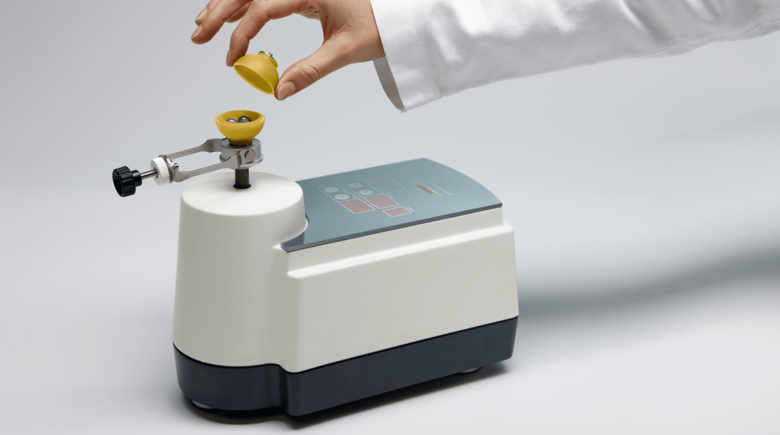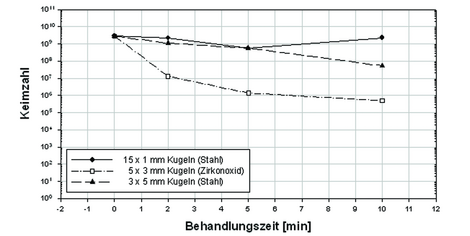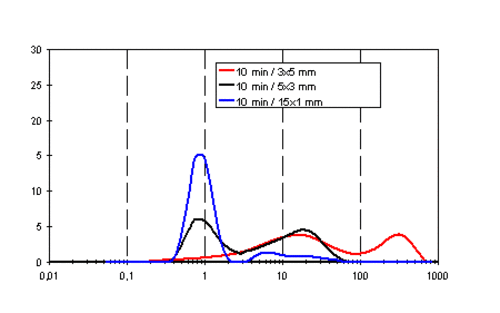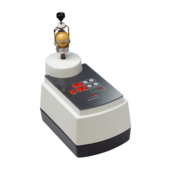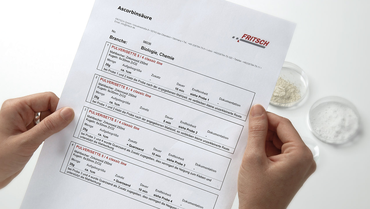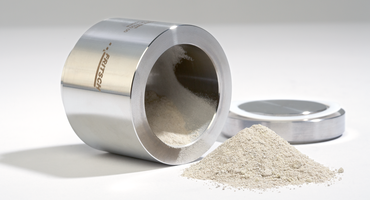Back to overview
Quality and process assurance of clean room concepts
Due to these facts, PET packaging and their production and packaging with so called clean room concepts have become more and more significant.
A major advantage of the clean room technology compared to other methods for the reduction of germs of added air is that the clean room technology is defined by clean room classes. A maximum concentration of particles respectively germs, also called colony forming units, is clearly defined.
Such clean room concepts are usually classified according to the EU-GMP guidelines or other norms such as ISO 14644, or US Fed. Std.e209, according to the concentration of particles. This classification of clean rooms, as well as their effectiveness and the related to this validation, is performed with standard testing dusts. The testing dusts serve as a carrier medium for the especially in the food industry critical micro biological spoiling agents and simulate therefore the authentic conditions of actual environments in food production facilities.
In order to achieve a perfect microbiological validation, prior to the installation of plant components with the ensuing acceptance inspection, such standard dusts are often combined with cells or spores of suitable test germs (for example the genus of aspergillus or bacillus).
The Fraunhofer Institute for process engineering and packaging (IVV) in, Bavaria, uses for the development and production of standard dust the FRITSCH Mini-Mill PULVERISETTE 23 in order to homogenize testing dusts with model organisms during a research project.
Prior to the decision of utilizing a FRITSCH Mini-Mill PULVERISETTE 23 for this task, was the issue of the careful preparation of dried endospores of the bacillus atrophaeus. Decisive in this case was how the mechanical maceration influences the recovery rate, respectively the survival rate of this micro biological main bacteria. Here various test-runs with altered grinding parameters were performed.
Material: dried spores of B. atrophaeus
These two diagrams illustrate that the processing with the FRITSCH Mini-Mill PULVERISETTE 23 with the grinding figuration of 15 x 1 mm steel grinding balls and a grinding duration of 10 minutes yields excellent results in the area of the recovery rate of the biological main bacteria B. atrophaeus and the particle distribution of the testing dusts with the B.atropaeus-endospores. Here the degree of the filling of the grinding chamber with 15 x 1 mm grinding balls, which is defined from the ratio of the discharge volume of the idling grinding body discharge, to the volume of the grinding chamber, is very advantageous. This illustrates especially the particle size distribution of diagram 2.
In closing it can be stated, that the task of homogenizing various components and especially small sample amounts can be solved with the Mini-Mill PULVERISETTE 23 by FRITSCH. The principal problem of the conversion of energy during the mechanical comminution in heat, and the therefore related denaturation of thermo sensitive proteins, can due to the little grinding duration and the used grinding ball sizes of a maximum of 5 mm; almost be completely ignored with the use of the FRITSCH Mini-Mill PULVERISETTE 23. Therefore the Mini-Mill PULVERISETTE 23 is especially suitable for applications in molecular biology and cell disruption.
-
Download the FRITSCH-report as PDF file
Quality and process assurance of clean room concepts with the PULVERISETTE 23
-
Detailed grinding reports
Back to overview

